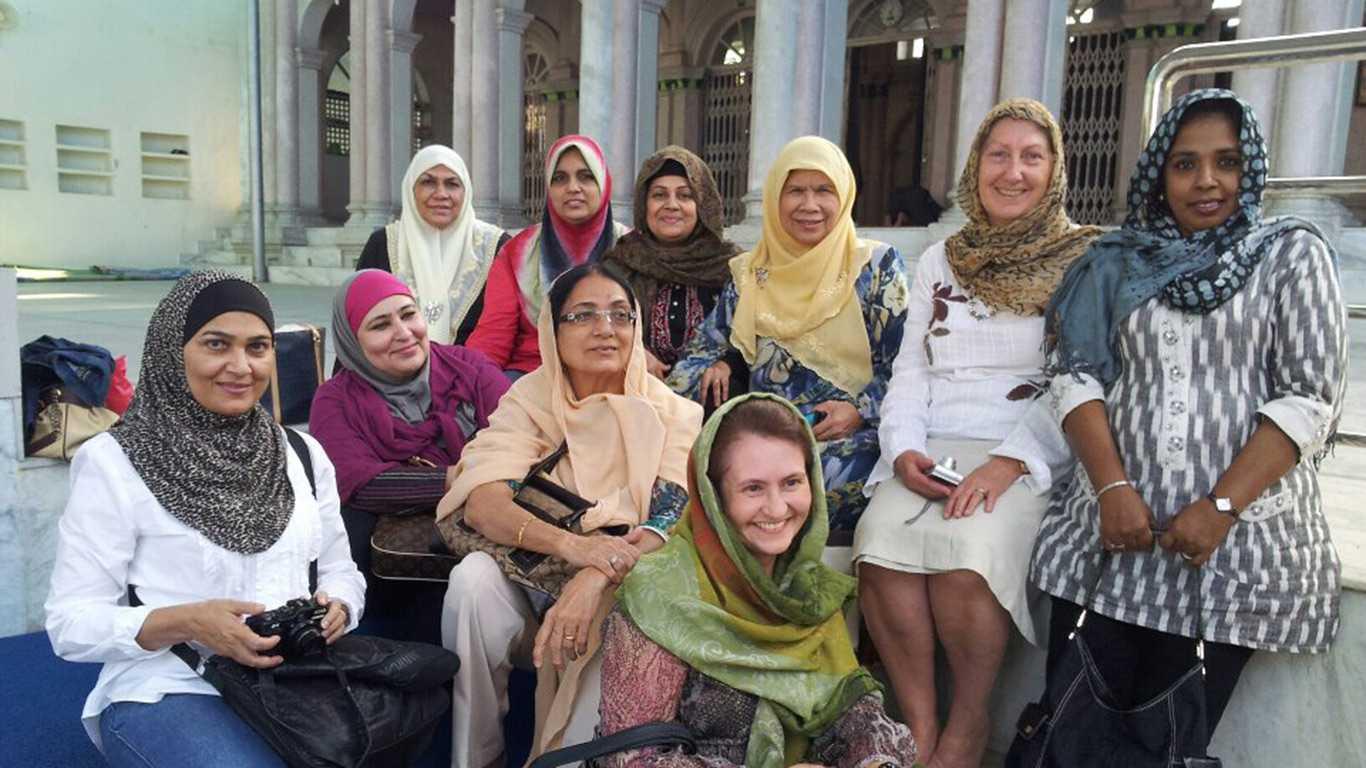Nepal Special Muslim Tour
Date of Departure
trip informaiton
Duration
4 days
Max Altitude
2200
Difficulty
Easy
Starts from
Kathmandu
Trips Ends at
Kathmandu
Activity
Accommodation
Meals
Weather
°C
Group Size
Best Season
Region
No Region
Accommodations and Melas for Special Muslim Tours in Kathmandu
Our packages include 3-star category accommodation with the inclusion of breakfast on a twin/double sharing basis. This accommodation is available in the cities such as Kathmandu. 5-Star resorts, luxurious hotels to comfortable guesthouses, lodges, and homestays are available in Kathmandu so they can be modified as per the traveler’s interest, budget and availability.
A wide range of accommodation facilities from 5-star hotels to homestays is available in Nagarkot. In our package, we offer standard accommodations with all the modern facilities. However, we can alter it as per the traveler’s interest and budget.
The hotels are spacious enough for the prayer for Islam travelers and we will also provide you with a praying mat if necessary or upon request.
Meals
Breakfasts are included in the hotel you are staying in. Halal meals/breakfast prepared by the correct method will be provided in the hotel. As for lunch and dinner, we will take you or suggest you to some of the best Halal restaurants that provide authentic food and prioritizes cleanliness and hygiene.
However, in Nagarkot, there aren’t any Halal restaurants available. So we request that travelers indulge in vegetarian alternatives. Likewise, some of the best Halal restaurants as per the reviews of our Muslim clients are:-
- Anatolia Halal Restaurant
- Al Madina Halal Restaurant
- Shafqat Halal Food Restaurant
- Taza
- Hyatt Regency
- Le Mirch
- Hyderabad House
Shakilah Meraslam
Raleklei
Nooraizan


